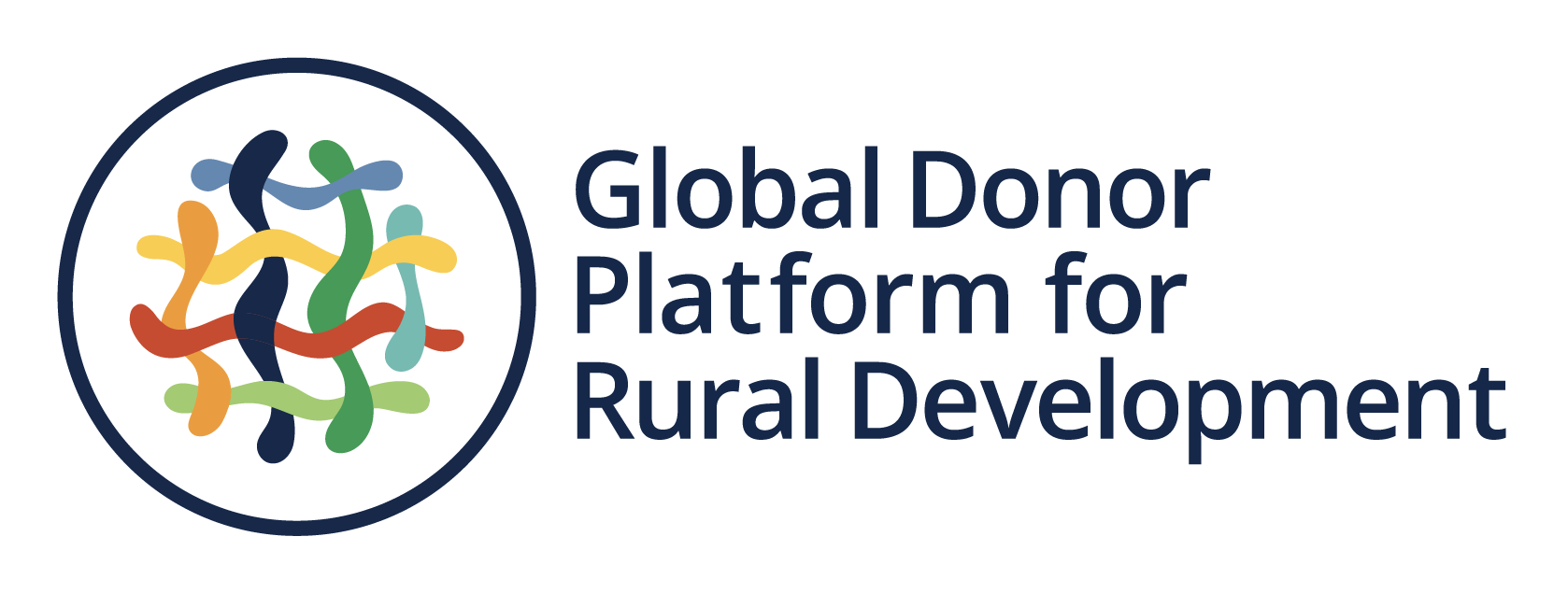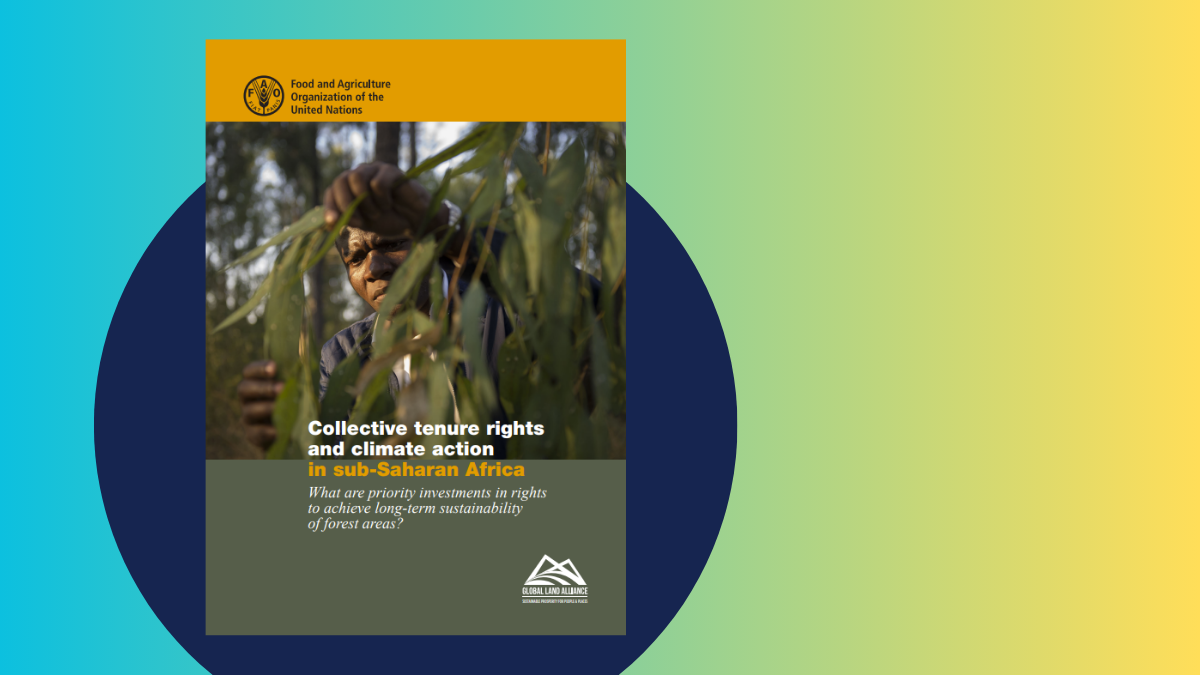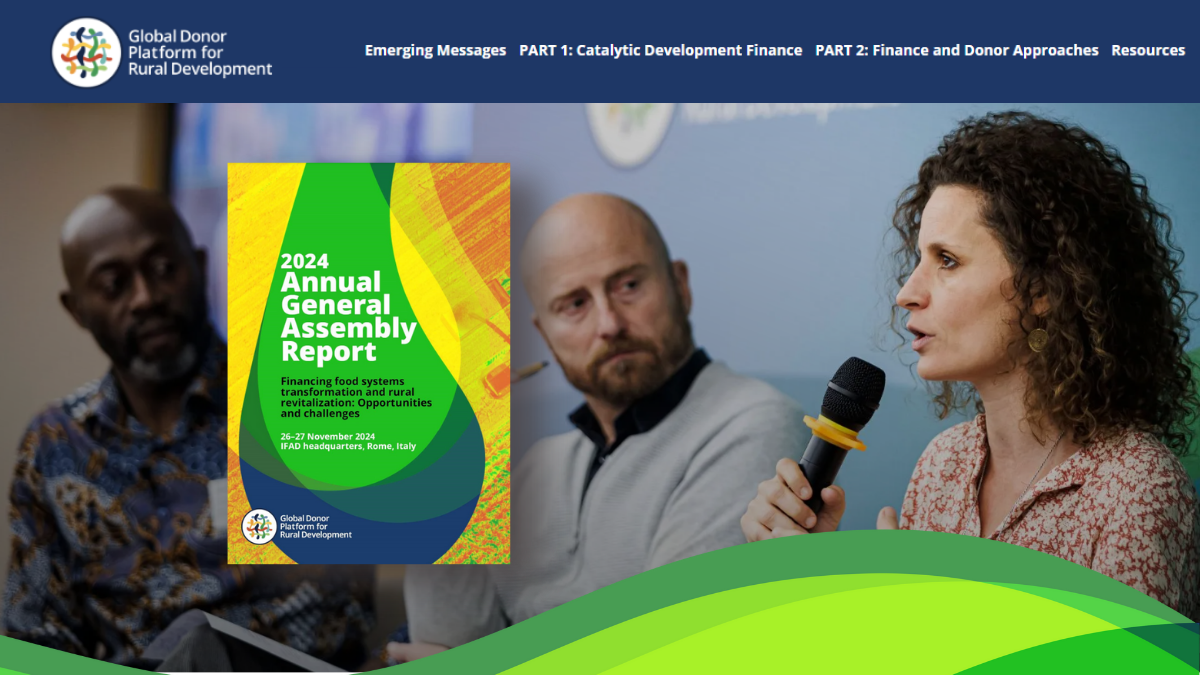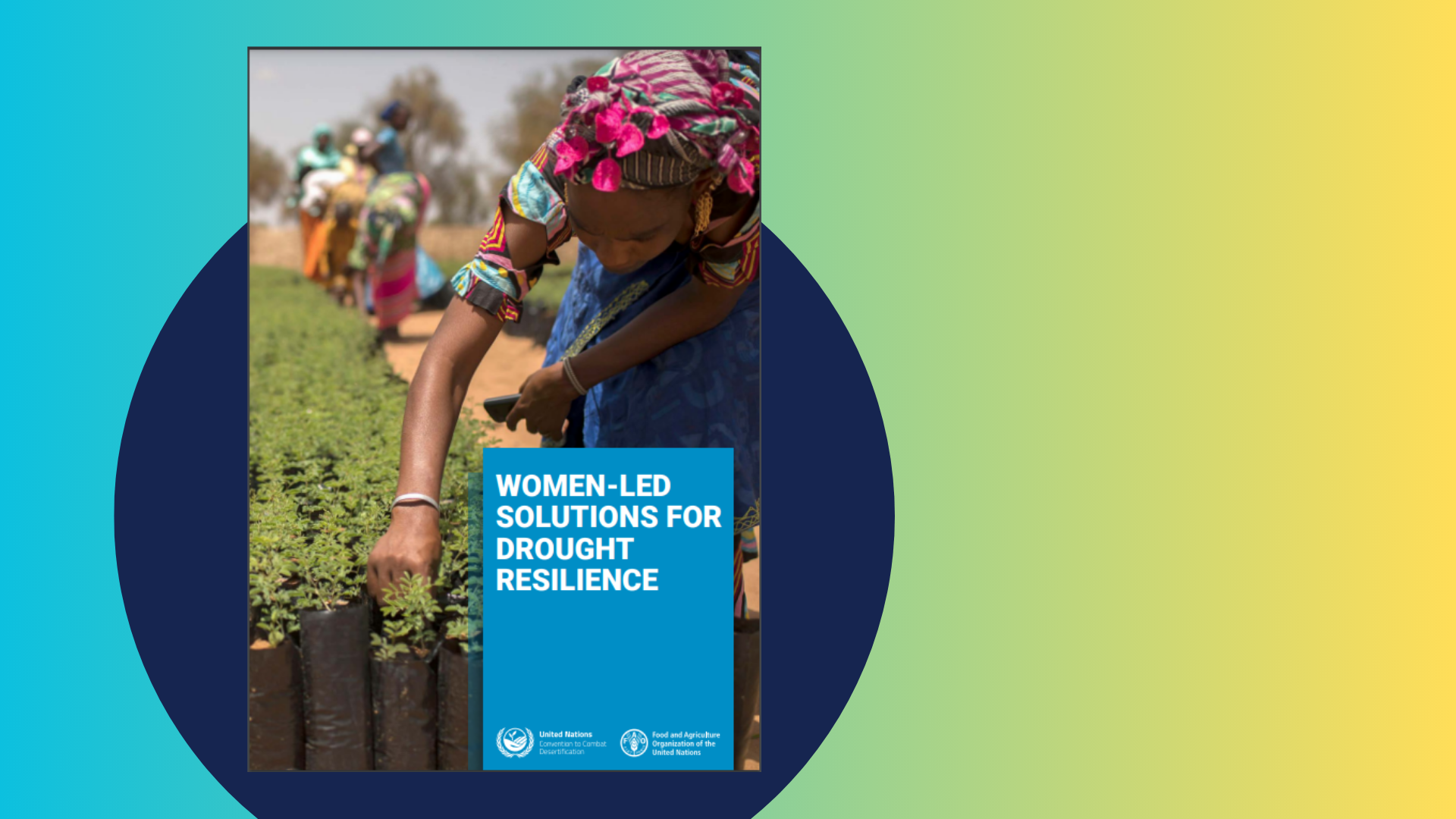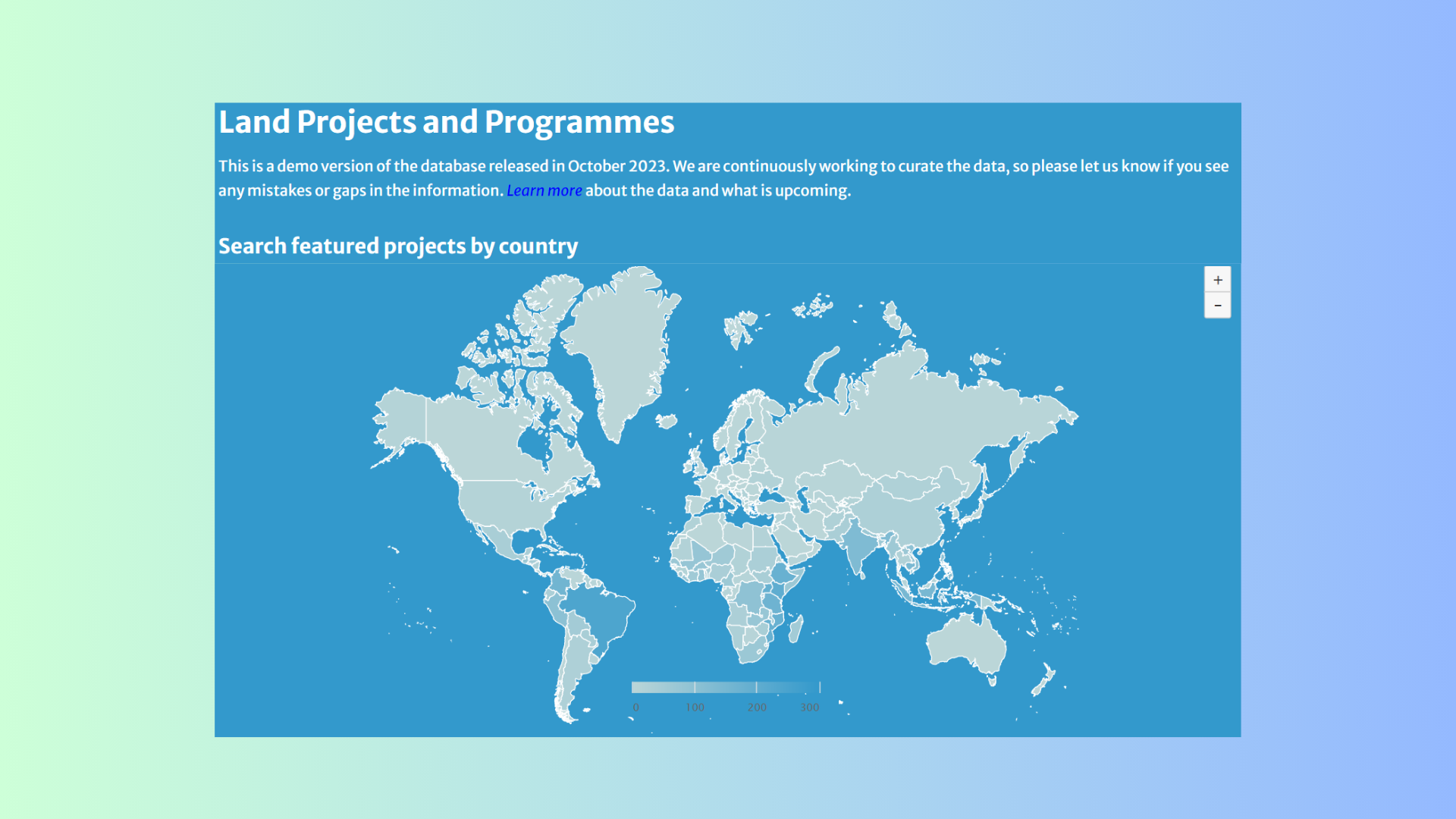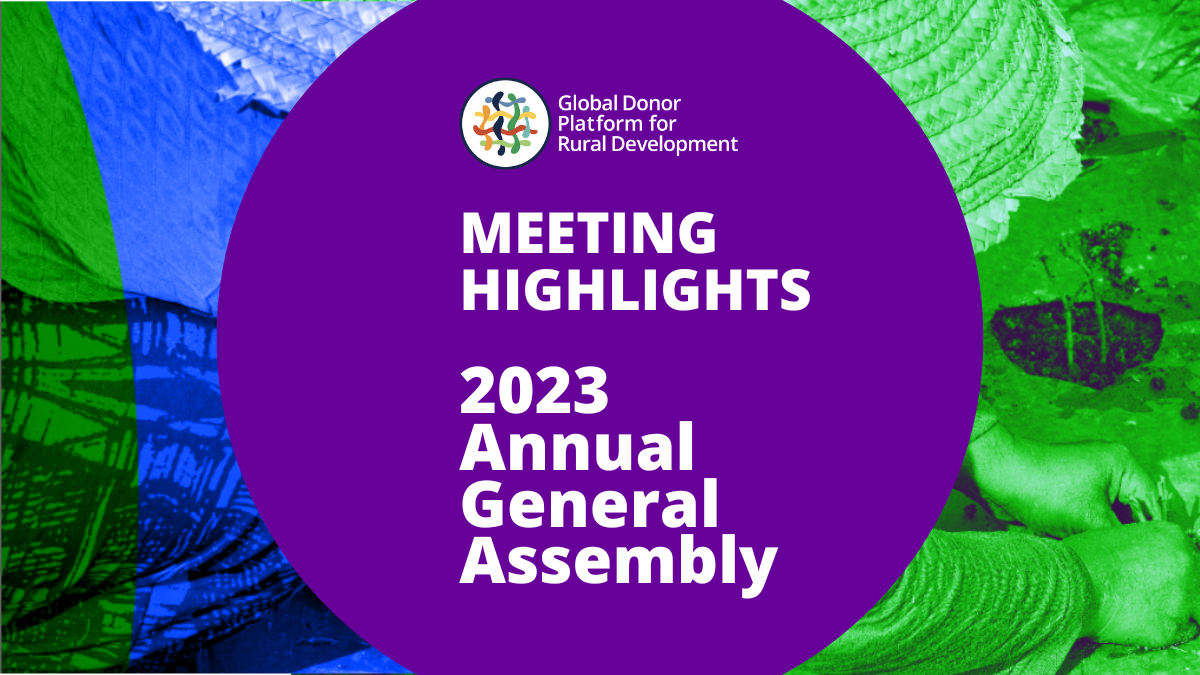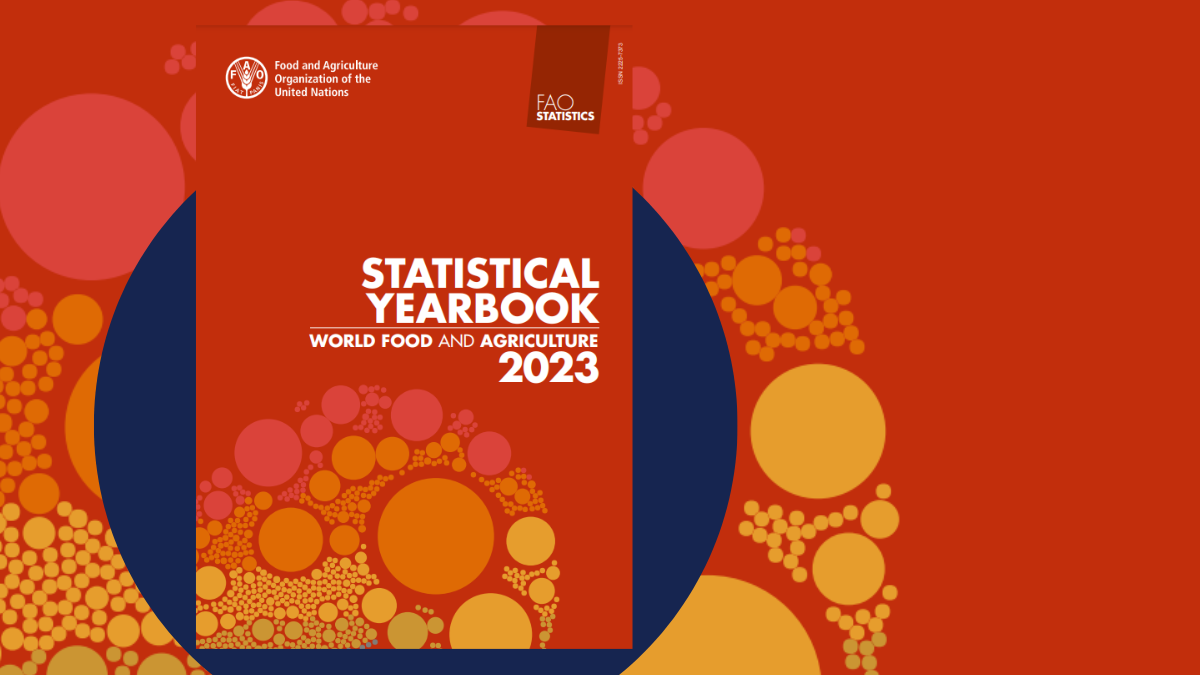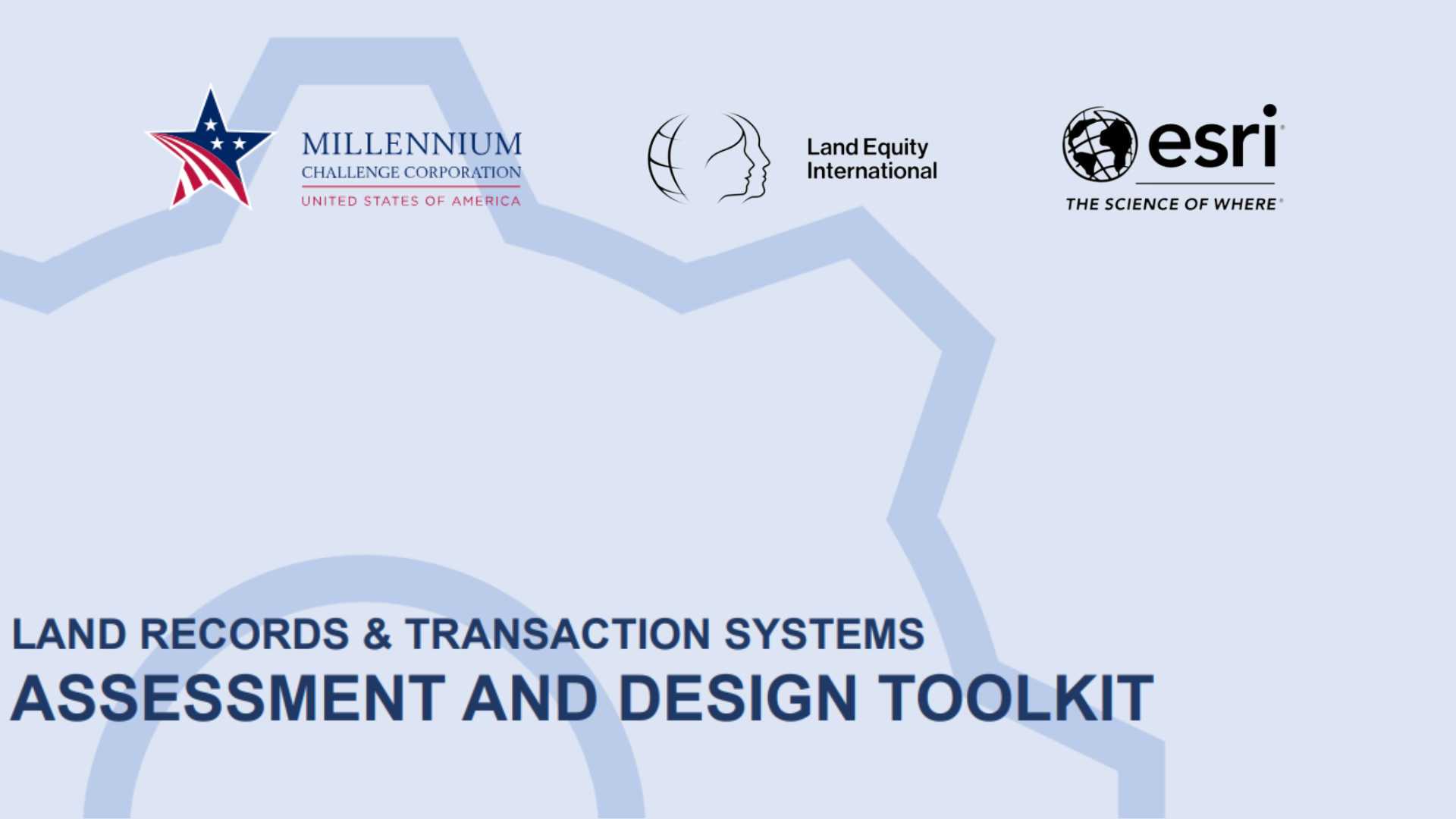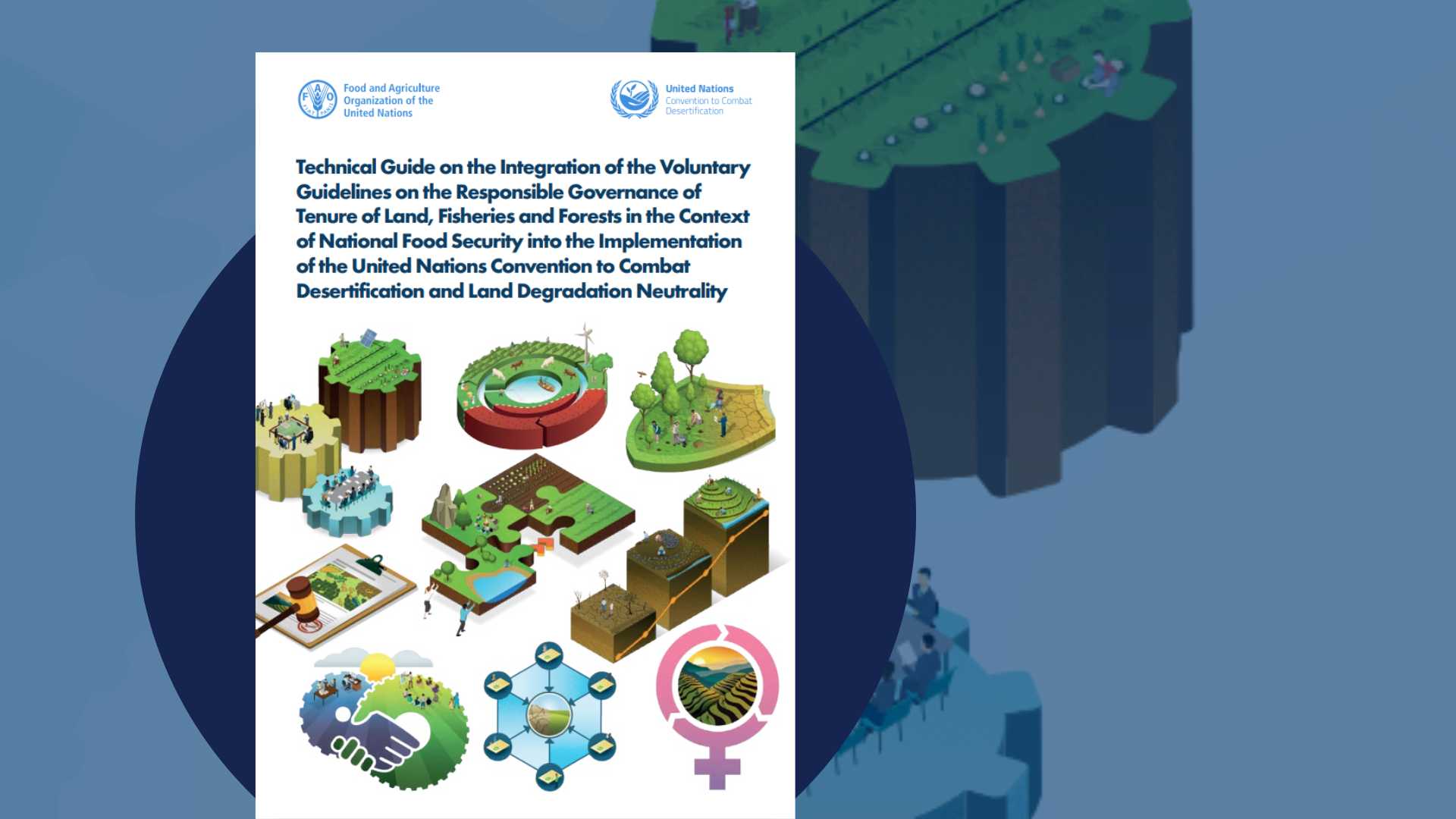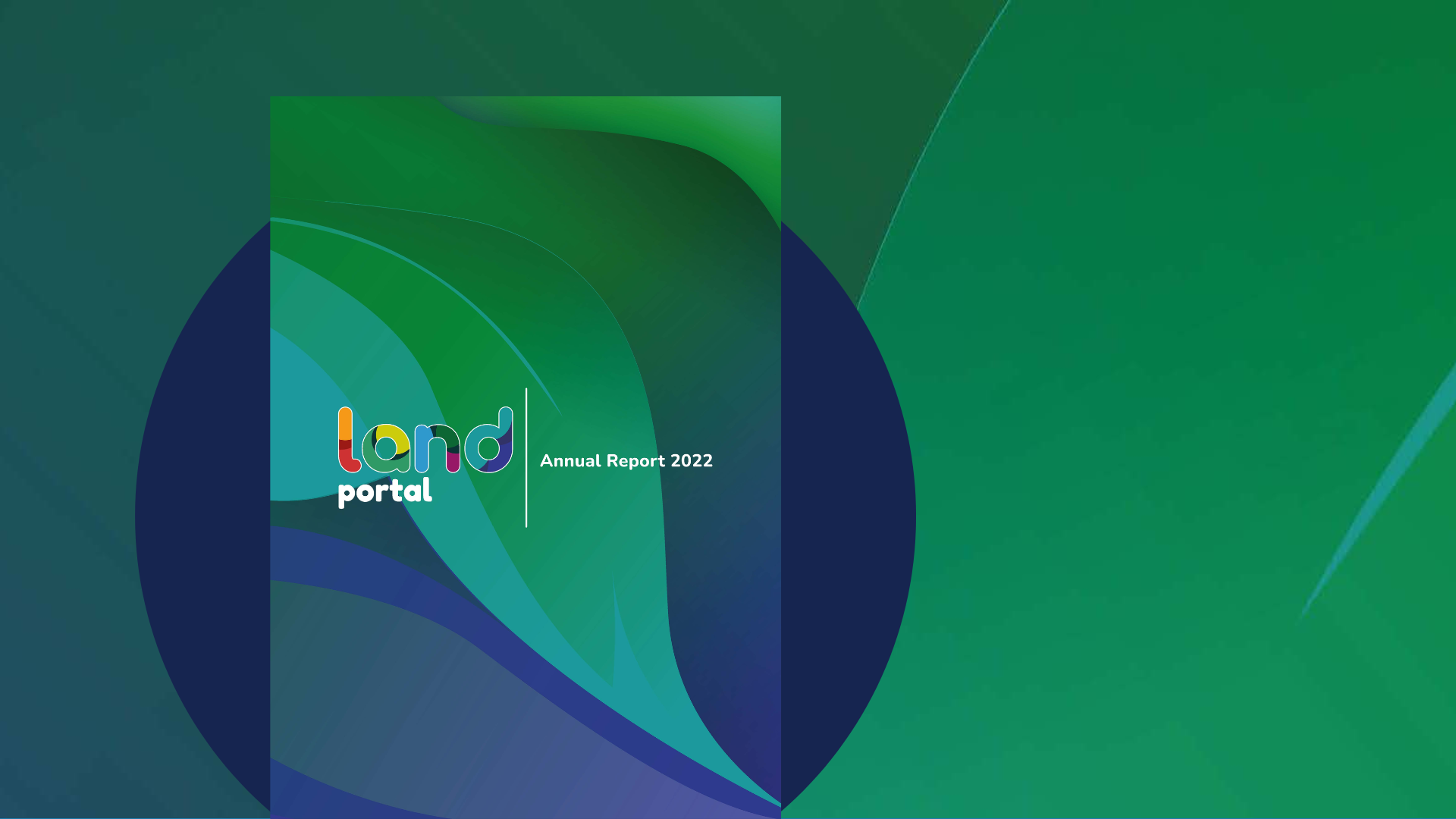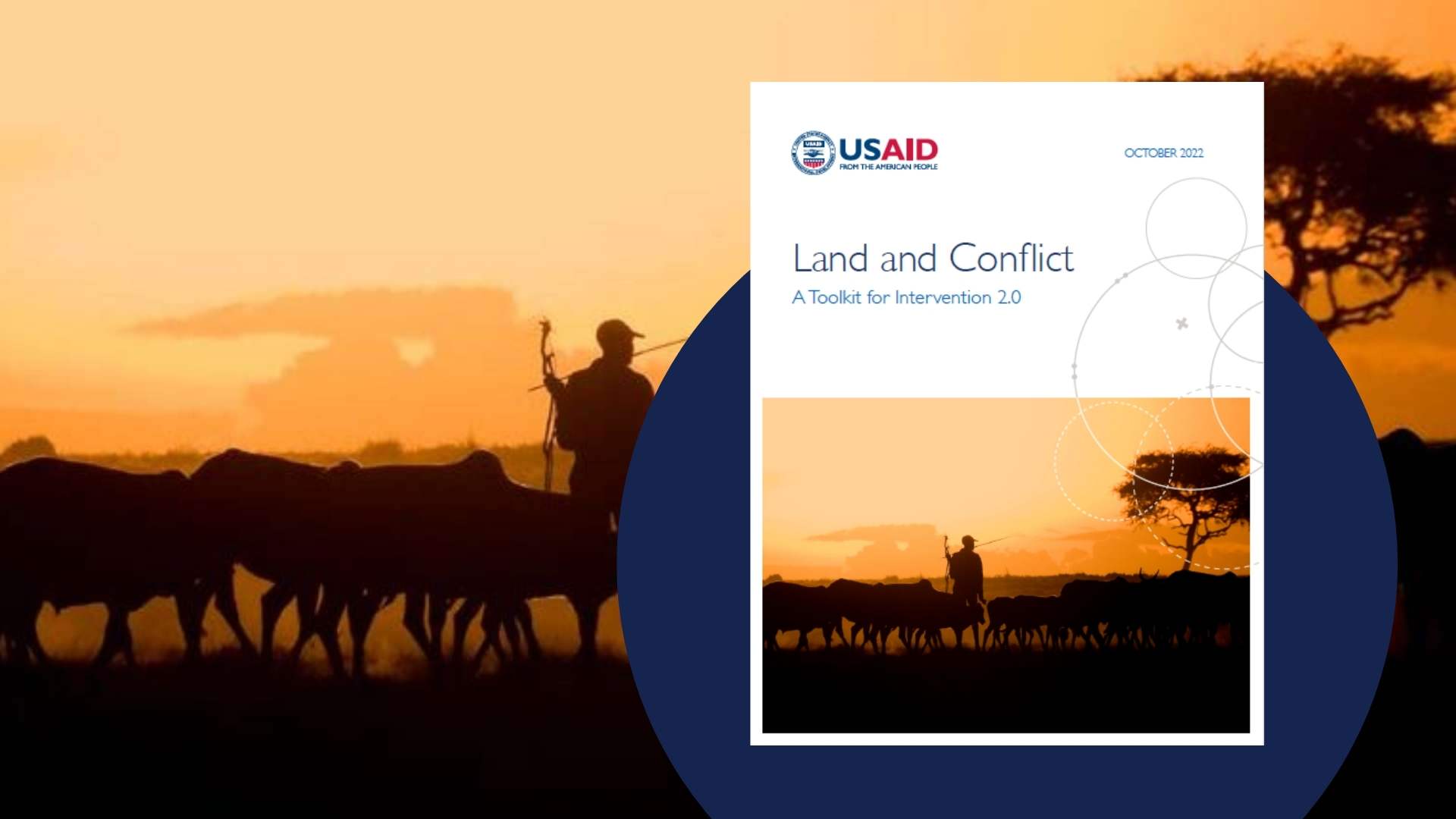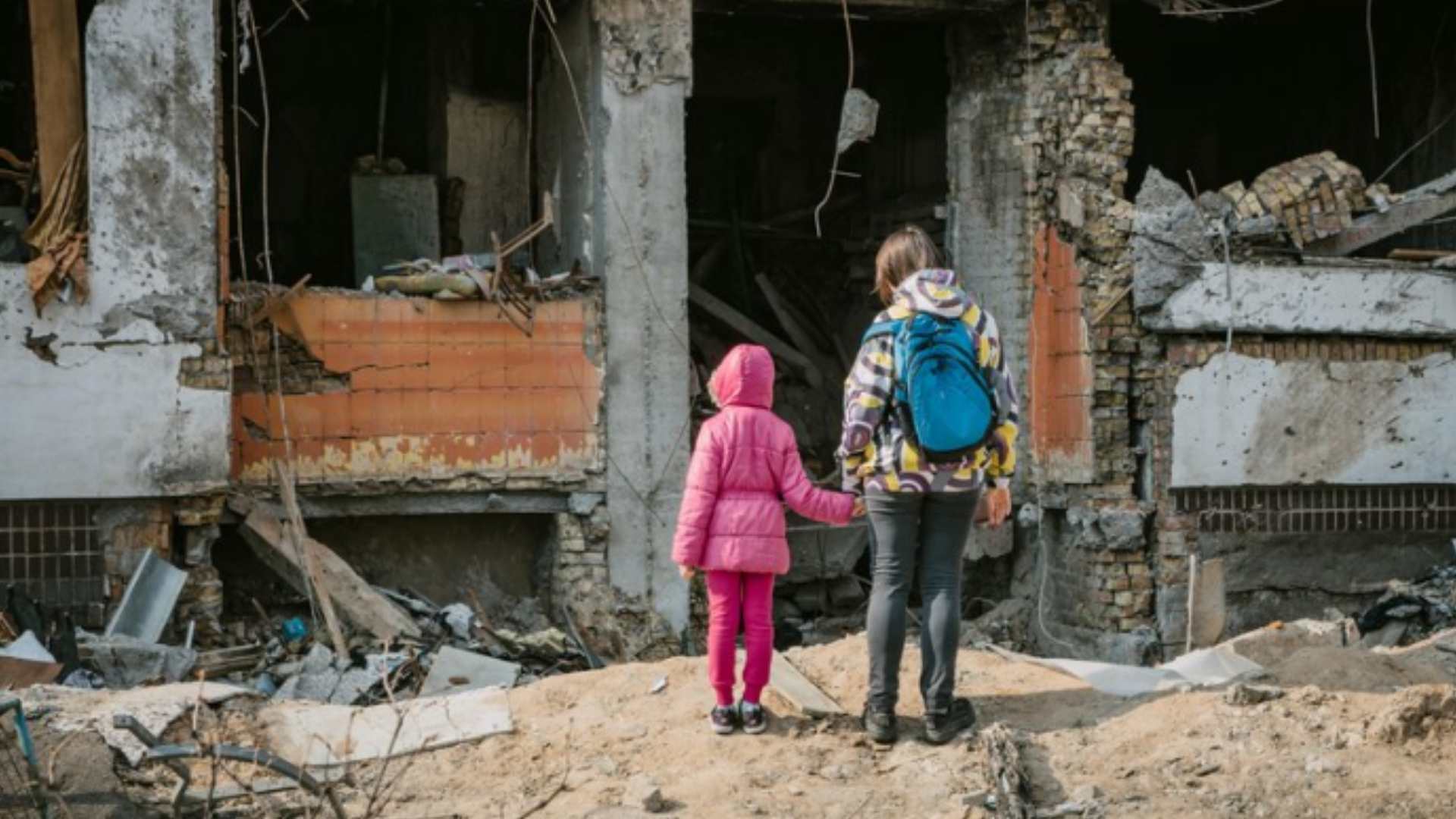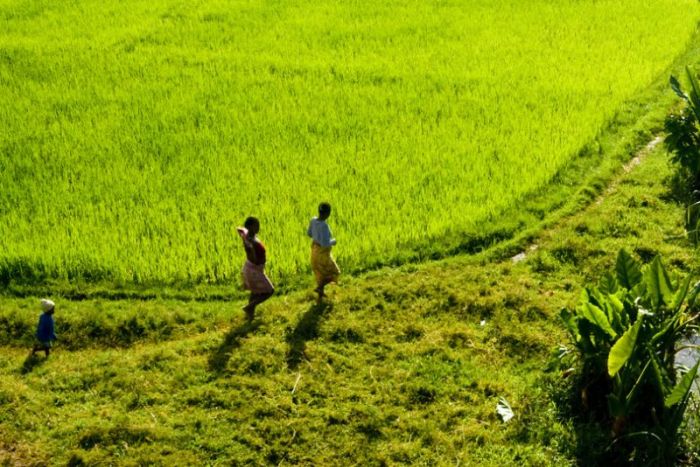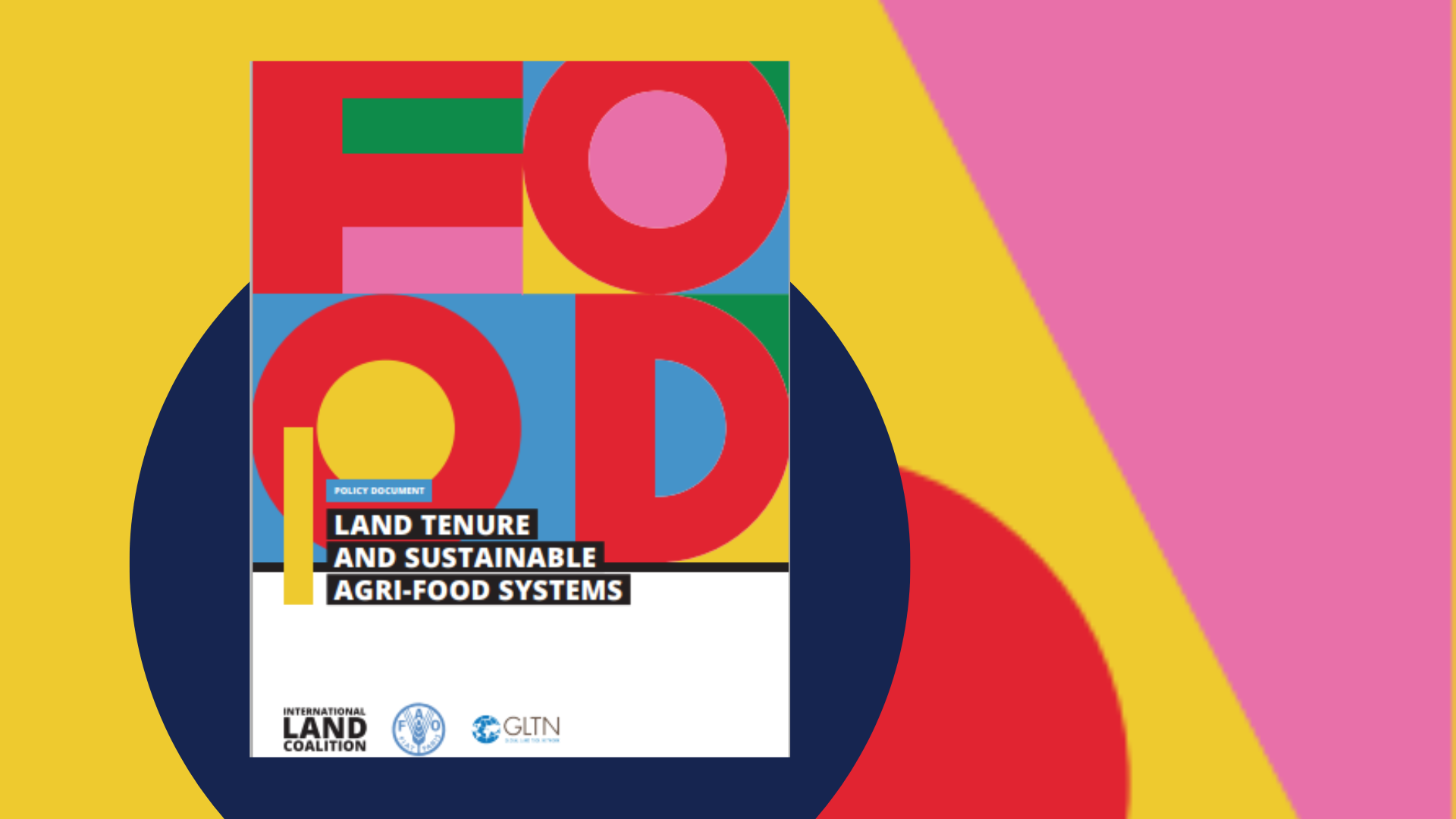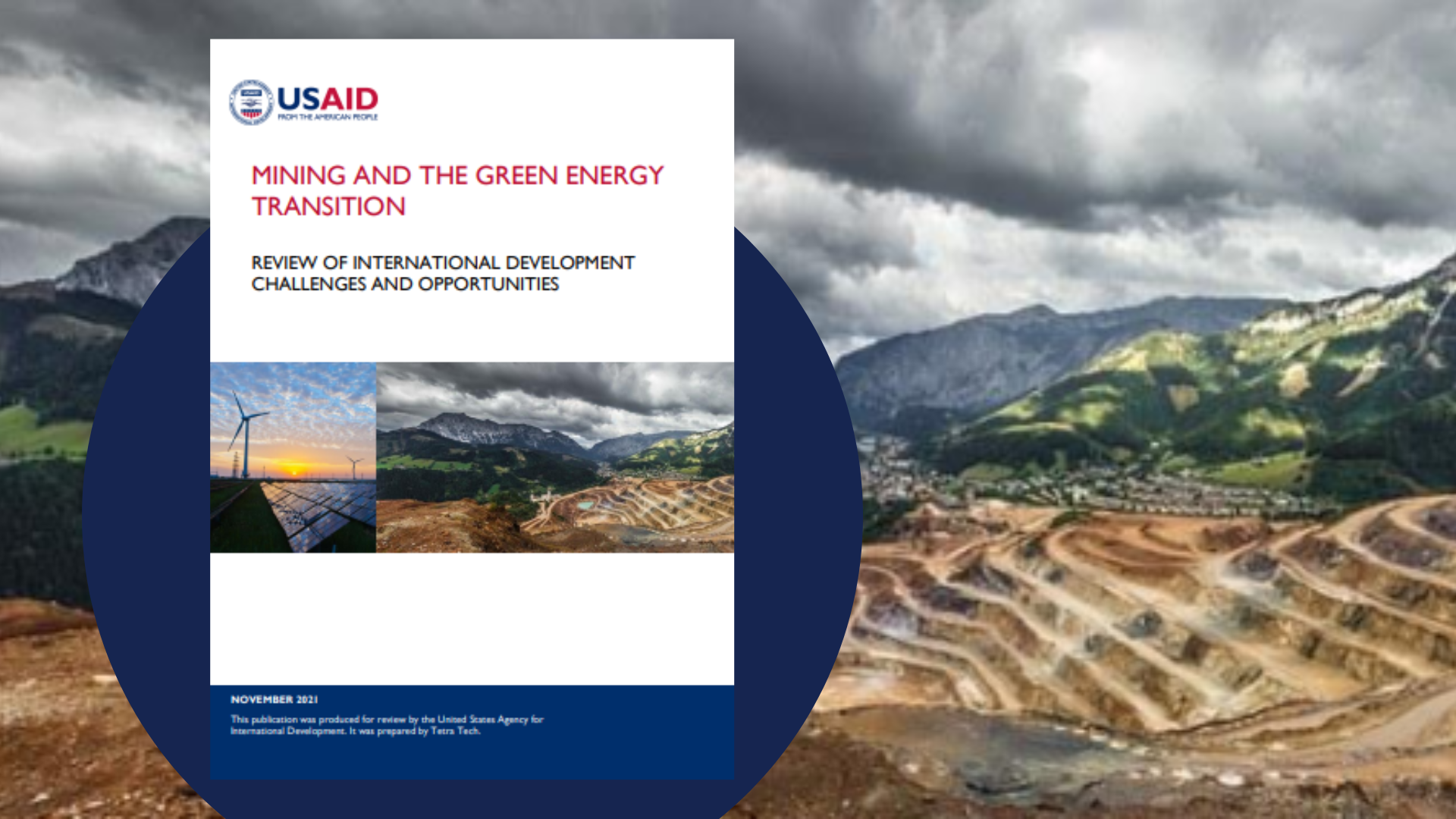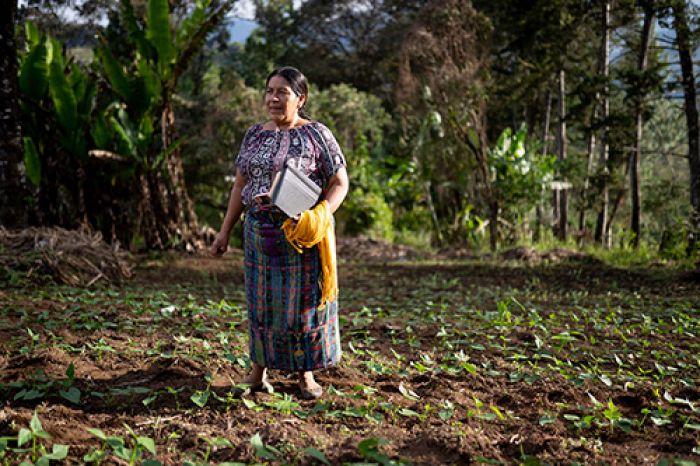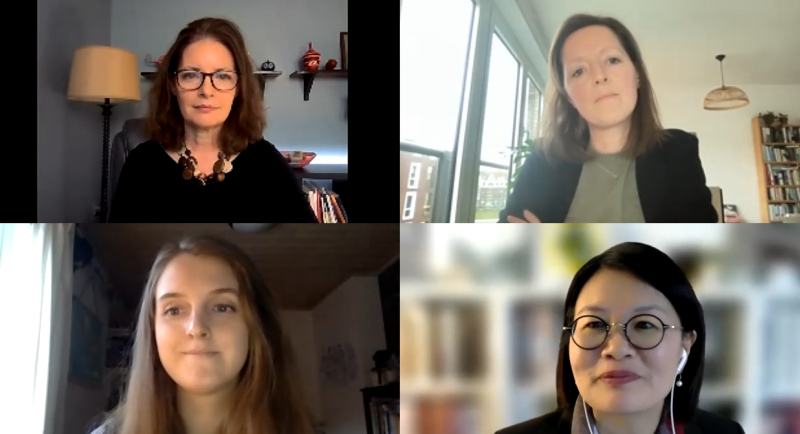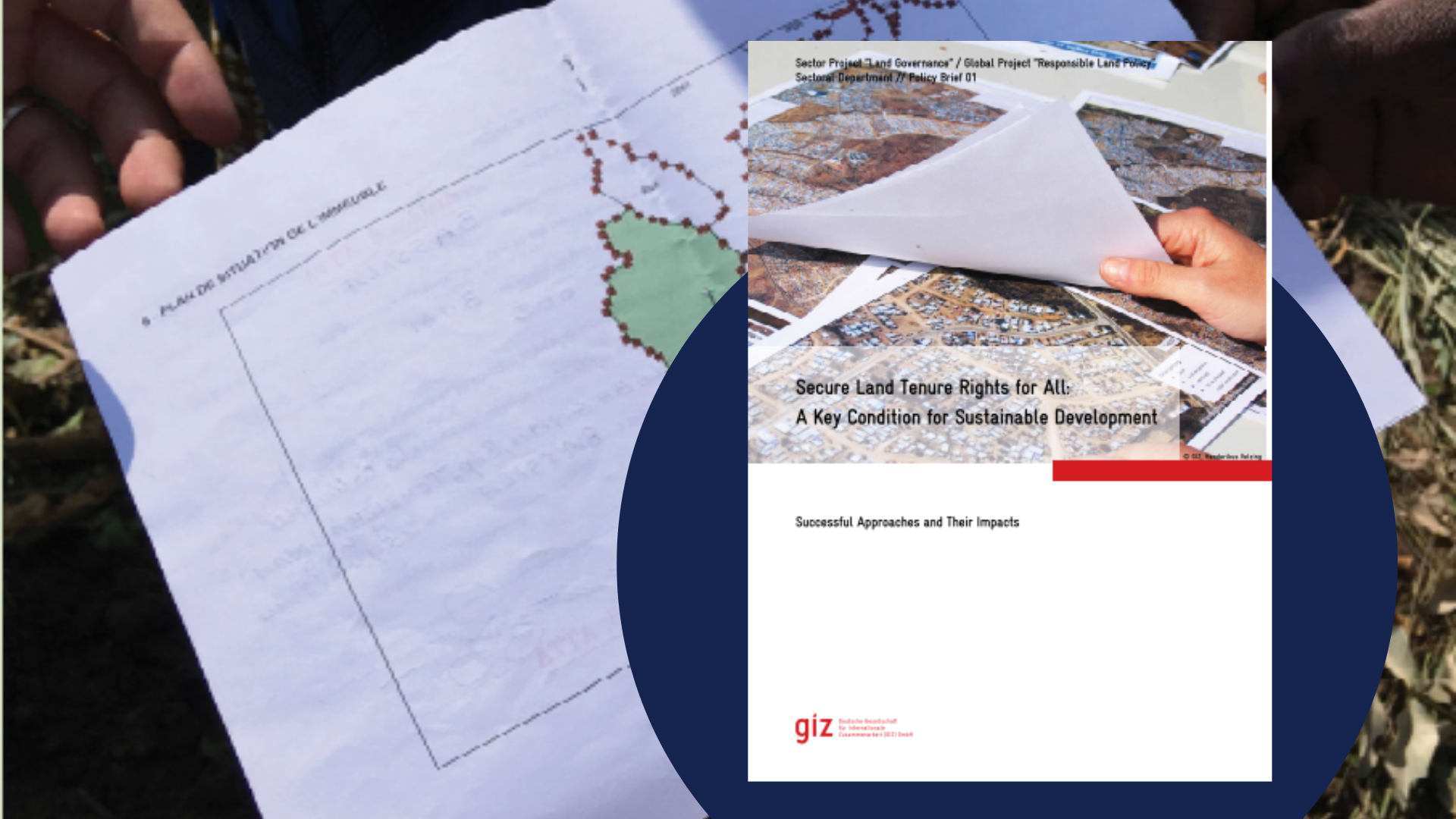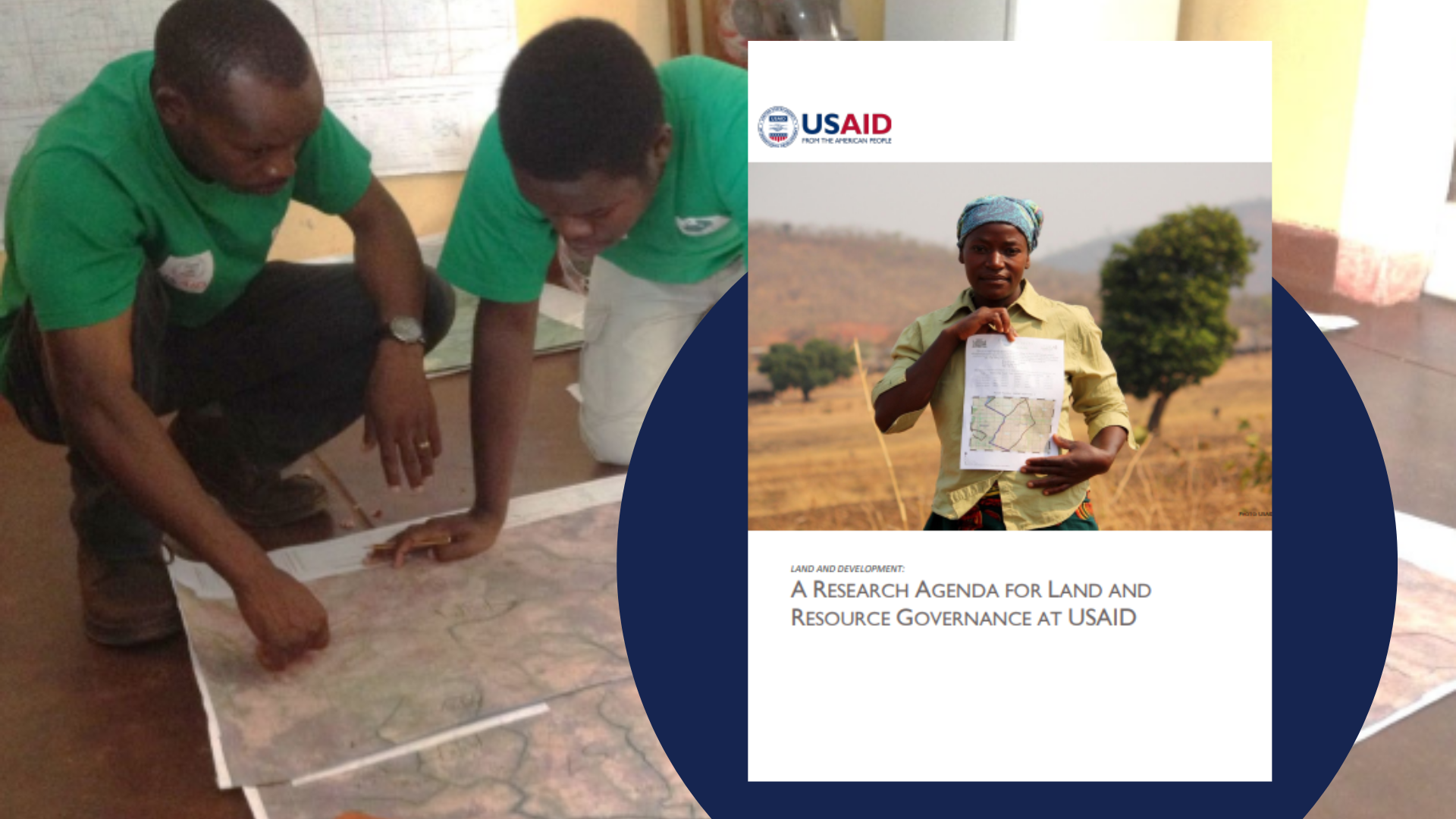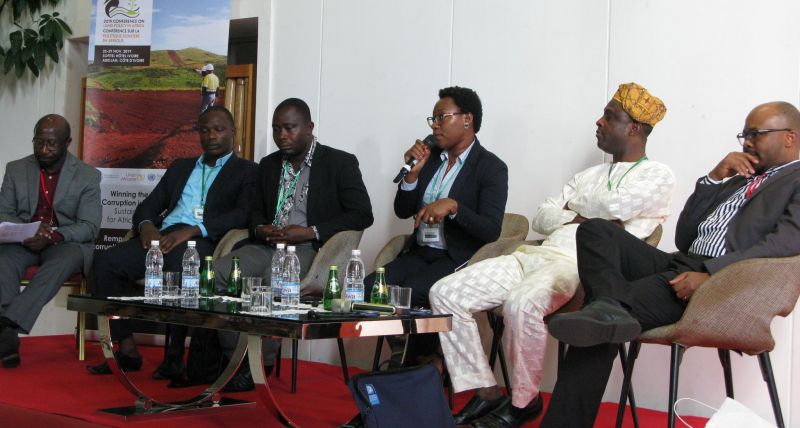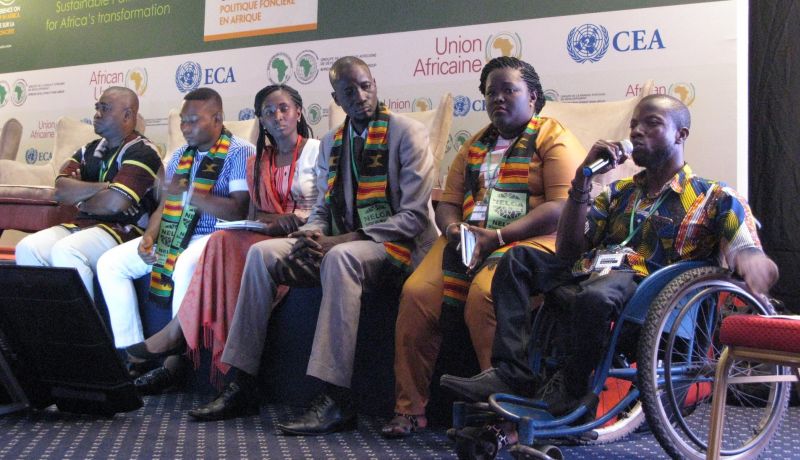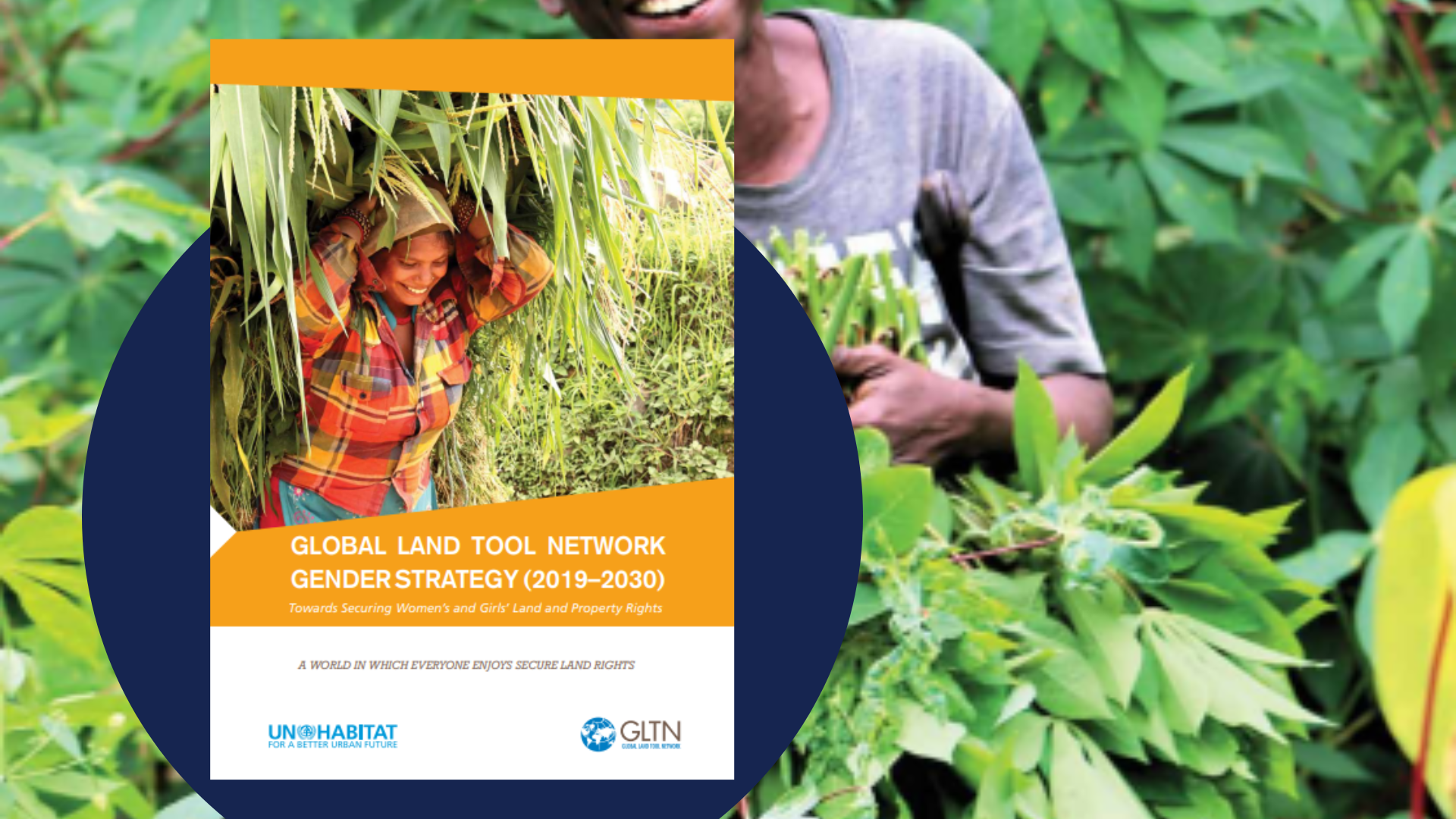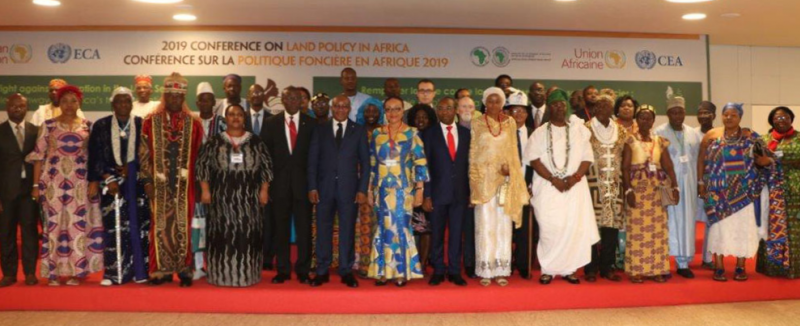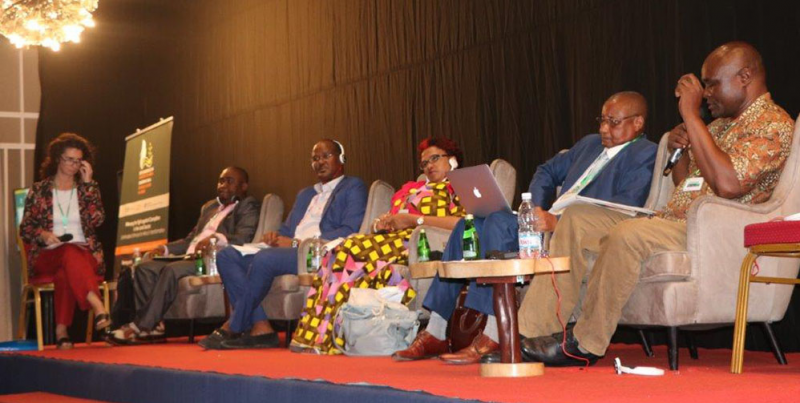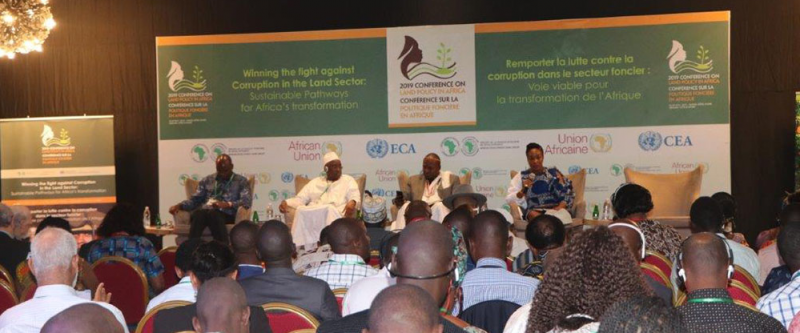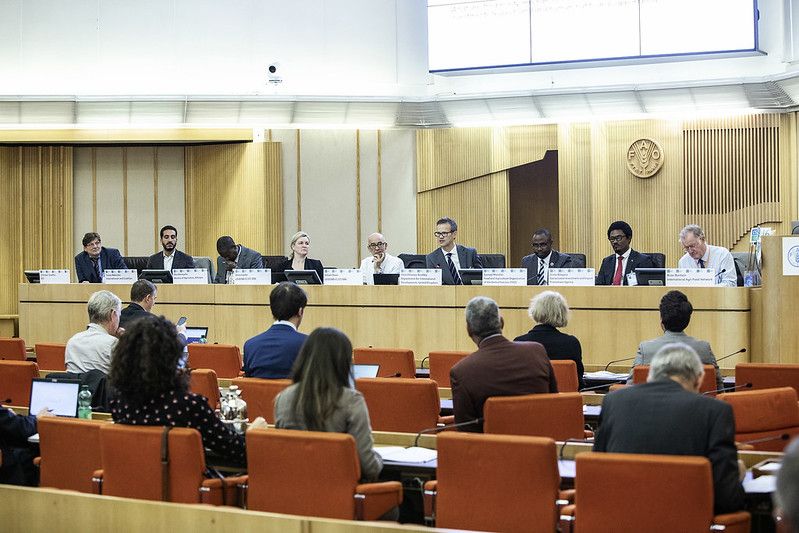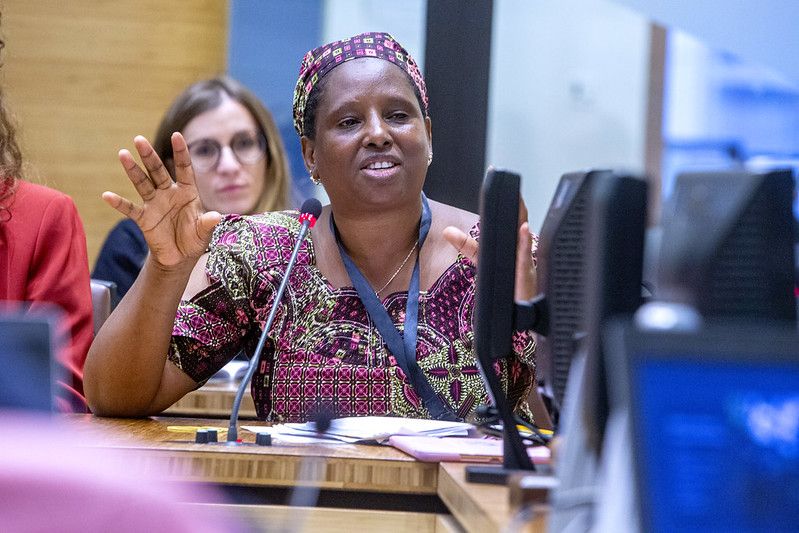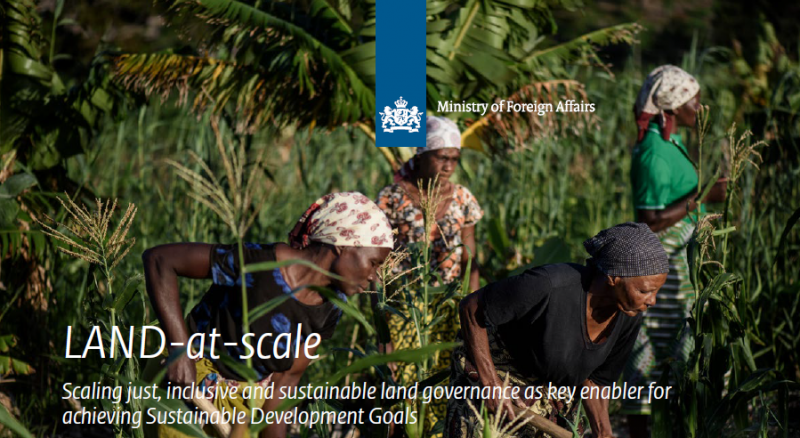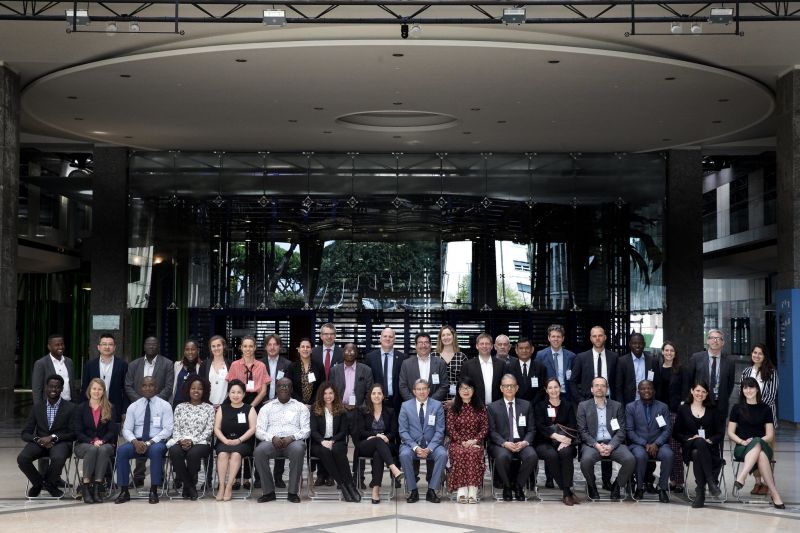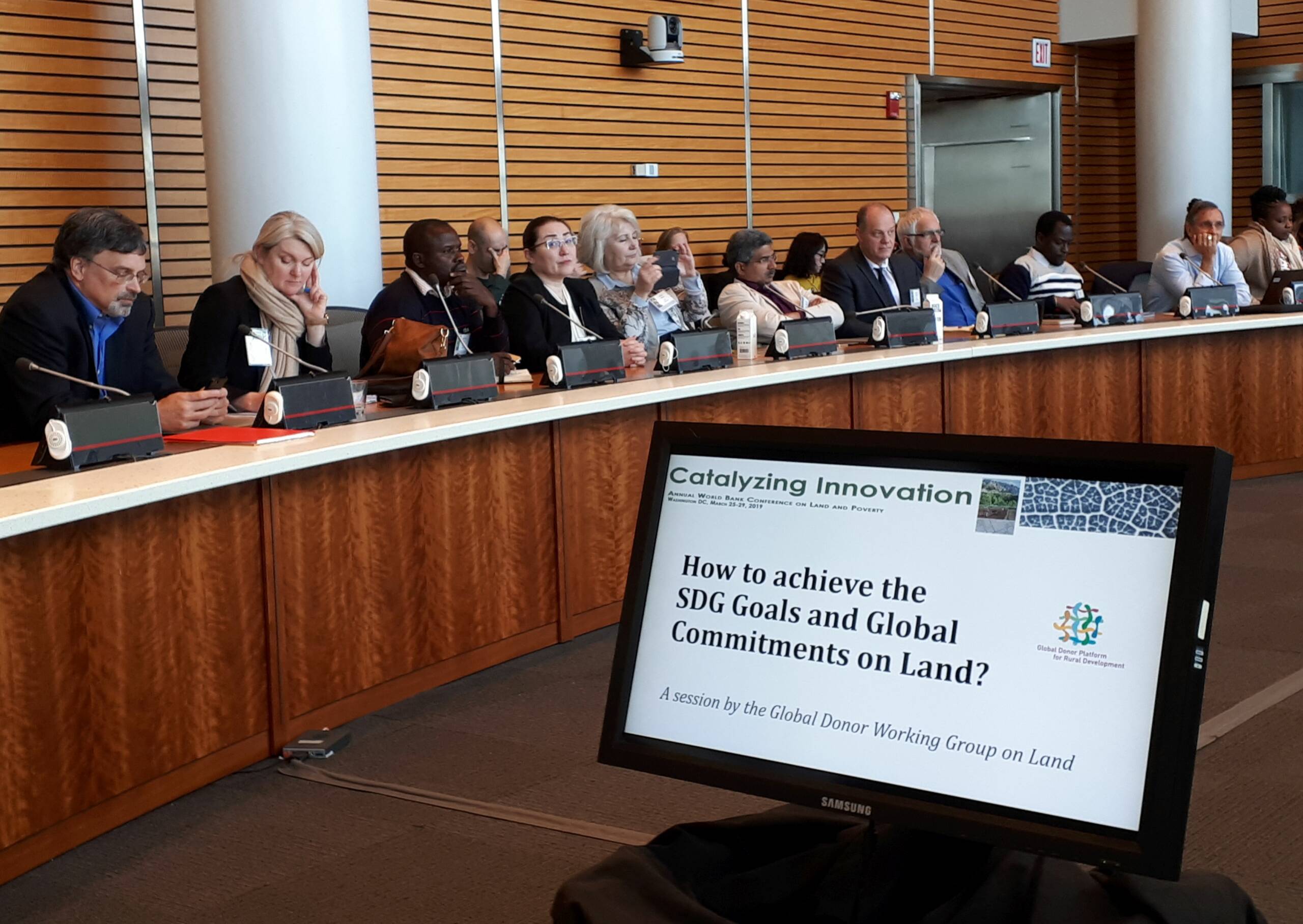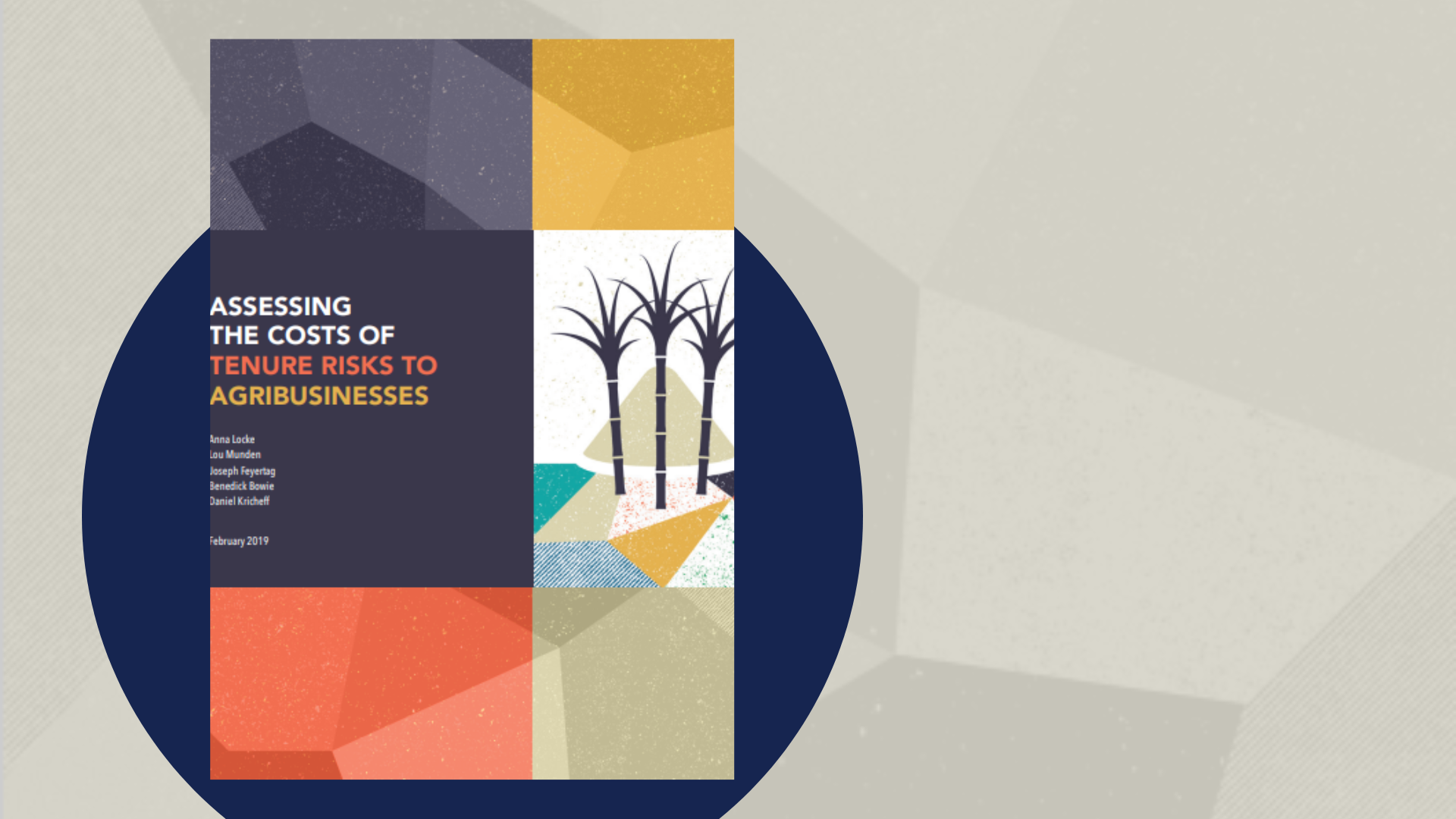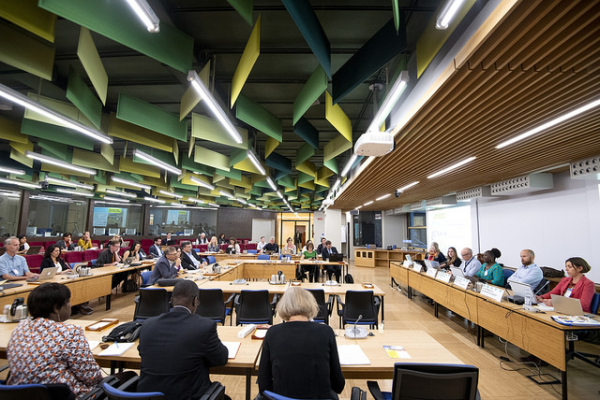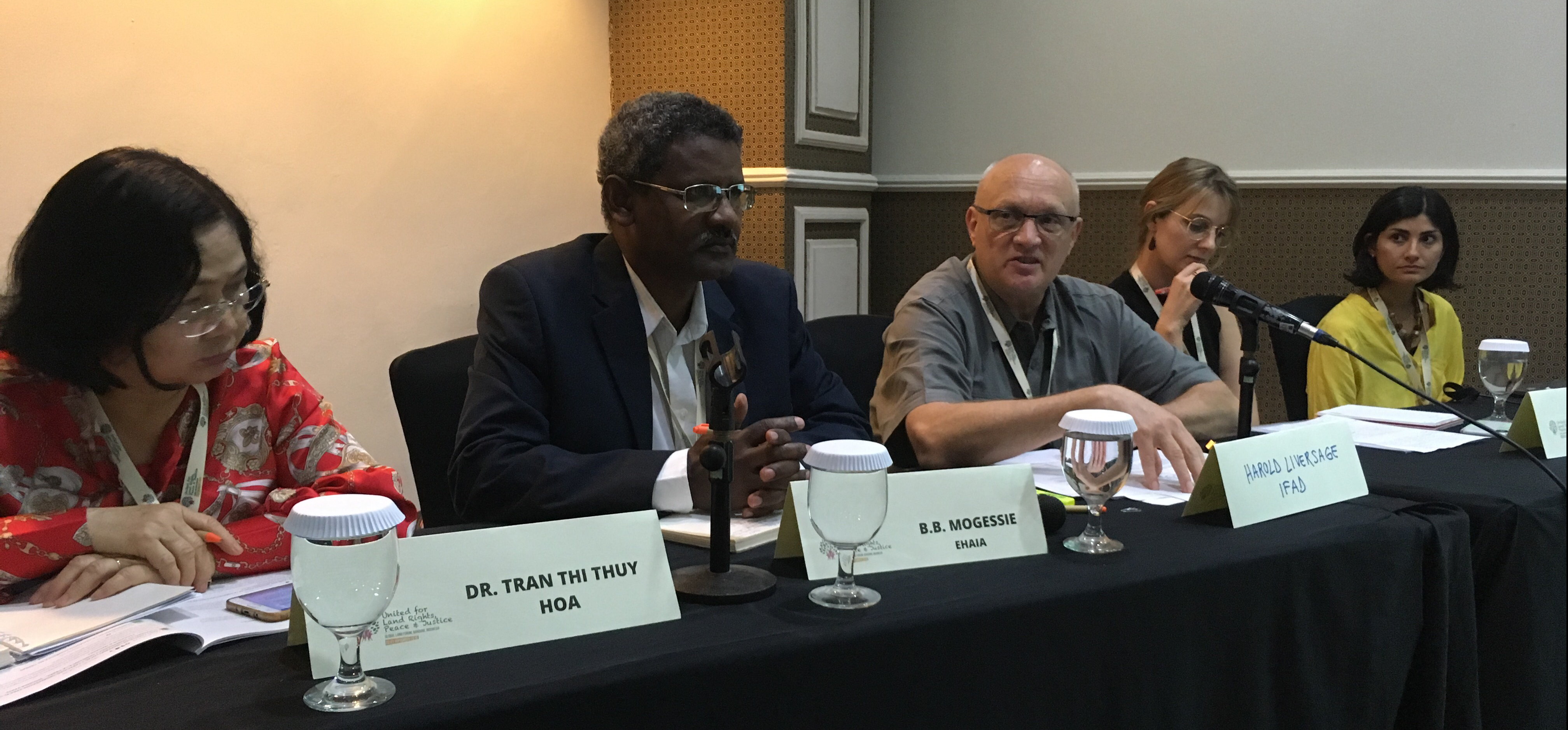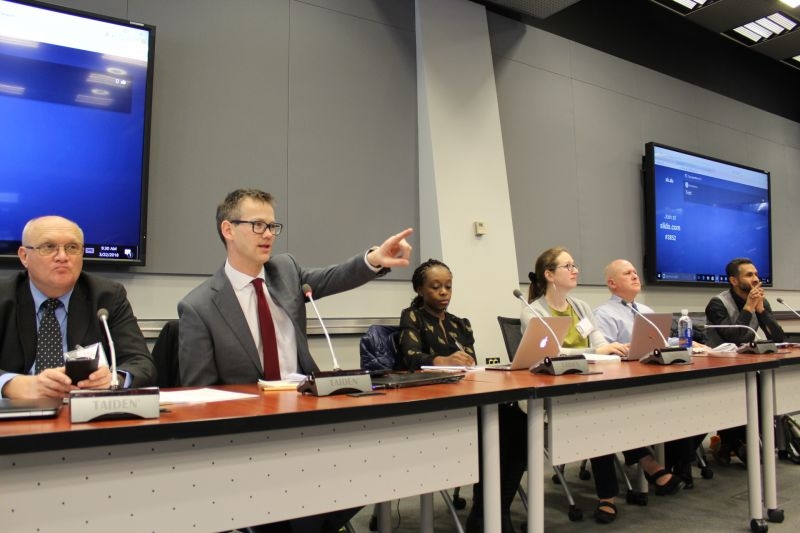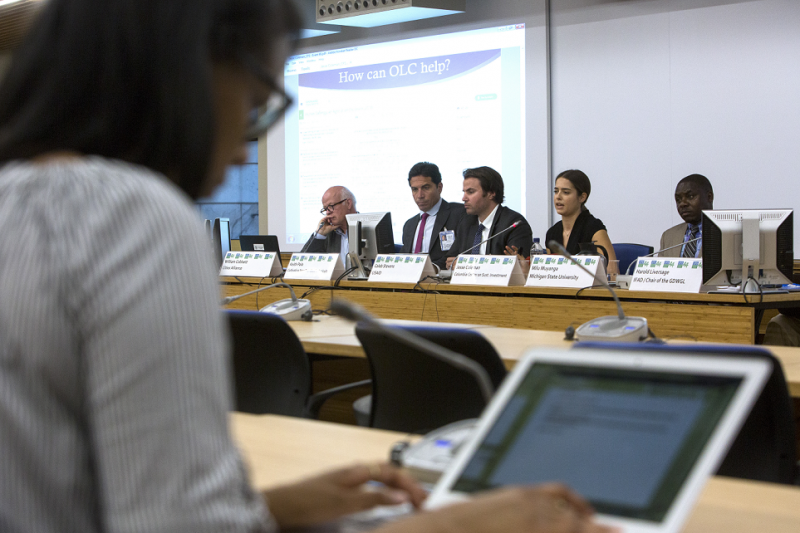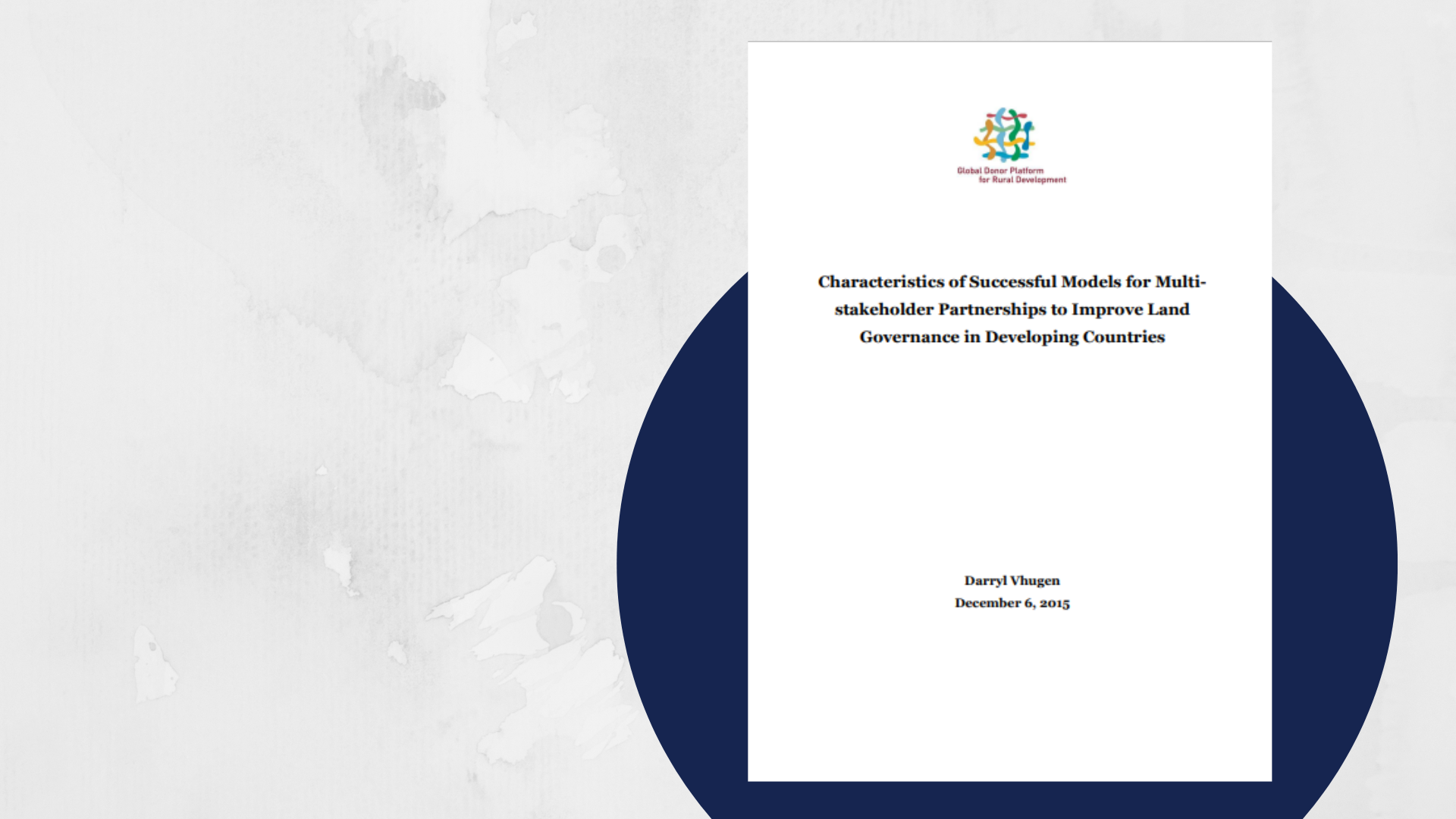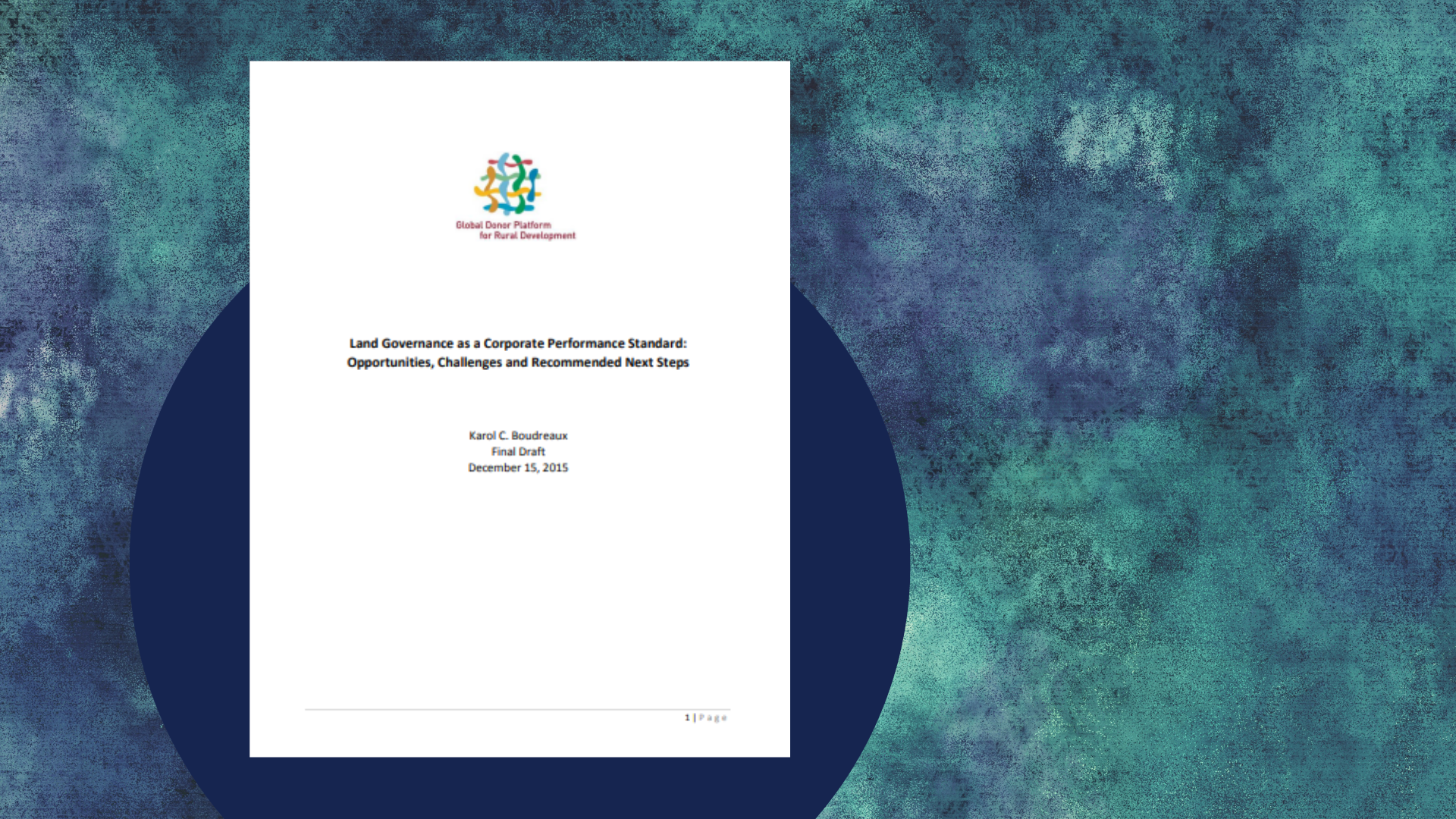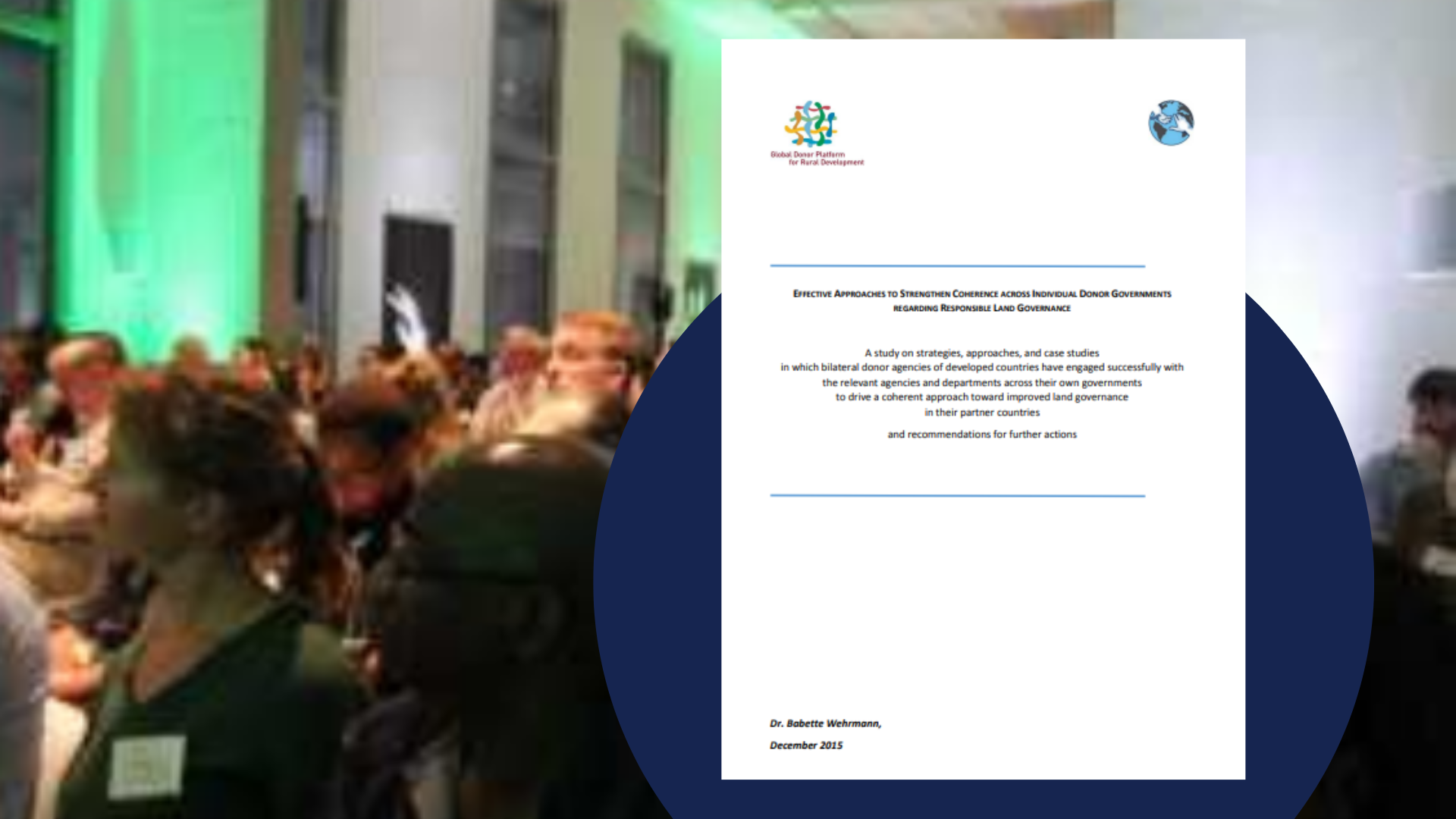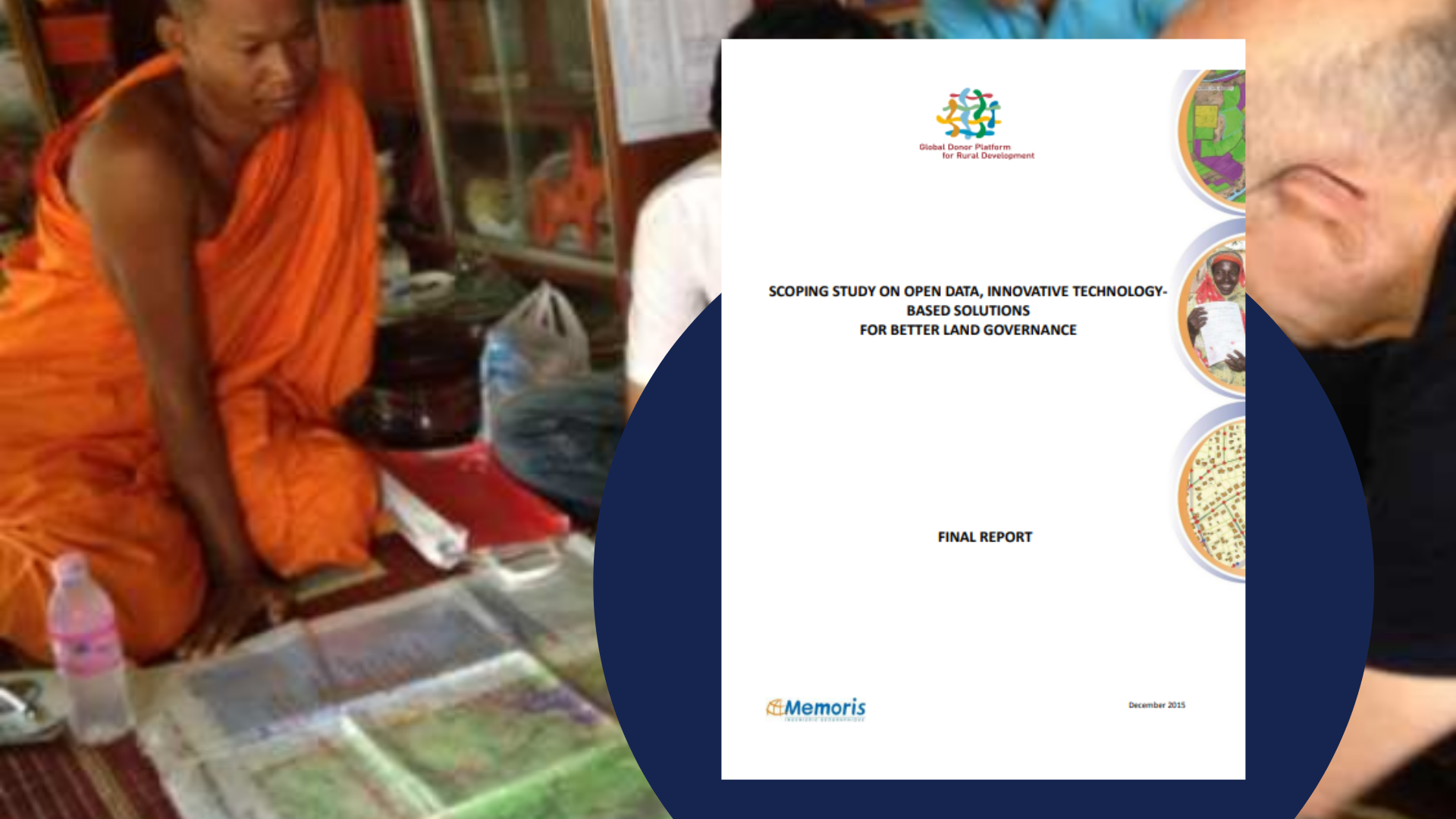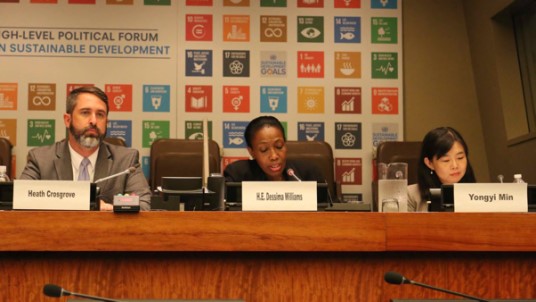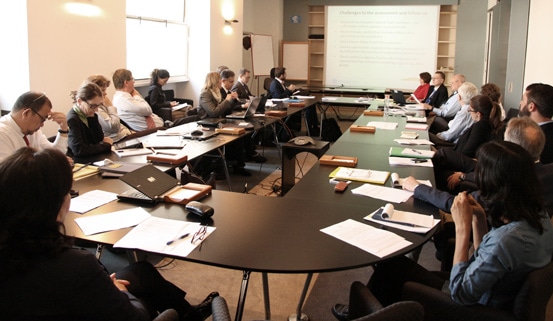Washington, D.C. – 23 March 2017
On 23 March 2017, the Global Donor Working Group on Land held a session at the World Bank Conference on Land and Poverty titled “Migration and land tenure dynamics – What are the challenges and perspectives for policies and interventions?” to provide a better understanding of the land – migration nexus but also to identify recommendations for meaningful donor support on land governance in post conflict situations.
Migration has always been a phenomenon of much interest to national governments and the international community. Researchers and experts have highlighted strong connections between migrations and land tenure dynamics. On the one hand migration can be perceived as a driver of fragility leading to conflicts over access to land, but on the other hand several examples have demonstrated that the integration of migrants under certain social obligations into the host community have existed for quite a long time.
Migration and development – Dilip Ratha, World Bank, KNOMAD Group
The discussion opened with an overview of important facts on migration which are often overlooked despite having large consequences on policy. For example, South – South migration exceeds South – North migration and actually 90% of refugees are hosted in Southern countries. Moreover 1 in every 7 people in the world is a migrant. The drivers of migration include income gaps, demographic changes, environmental changes and fragility and conflict among others.
Because migrants have very different rights than citizens, they face additional challenges in their search for better lives, and are especially at risk of being trafficked, having abusive employers, having their skills underutilised, being discriminated and facing xenophobic attacks and being separated from family such as children or elderly parents.
Policy makers should look at the bigger picture and recognize the development outcomes of migration, such as increased income and school enrollment as well as reduced child mortality. Moreover, remittances now make up more than 3 times the size of ODA. Remittances sent by migrants are used to meet the basic needs of family left behind and policies should reduce the extremely high costs of sending these valuable funds which contribute to development outcomes.
Critical analysis of the land governance-migration nexus – Saskia Sassen, Colombia University
The session then moved towards a critical analysis of the land governance-migration nexus, starting with the focus on land grabs which are generating a very large number of migrants through rural displacements which also affects urban regions. These migrants have no legal recognition which makes them particularly disadvantaged by the grabbing which international firms, foreign governments and also developing country governments themselves are carrying out. It is estimated that 1 -3 million people are expelled from their land every year.
Grabbed land is often poorly used such as in the case of massive plantations, so in addition to the displacements which are human rights abuses, there is also the case of the subsequent misuse of fertile lands. The impacts of land misuse in terms of the climate change are being addressed by policy, but the displacement question which caused this misuse is being overlooked. Moreover an overemphasis of religious and ethnic basis for rural displacement diverges the attention from the issue of land grabbing. Policy makers and journalists must do much more to address these hidden challenges.
Lessons learned and implications for policy – Peter Van Der Auweraert, IOM
The representative of the International Organization for Migration offered four specific recommendations to donors:
- Data collection on forced migration needs to start soon and should include information on pre-existing land tenure situation. Lack of documentation likely leads to problems in case peace ever returns and the people return, because those without documents will face issues reclaiming their land. So understanding pre-conflict land tenure scenarios is very important.
- International actors should not wait until conflict is over to integrate migration issues in land governance interventions for example, building transitional shelter without evidence of who owns the land can perpetuate conflicts.
- International community can do more to integrate land issues into peace processes and have land and conflict experts as part of the negotiation of these peace agreements. Colombia is an example of this.
- One size fits all solution doesn’t work well – This is visible in the case of Iraq where a commission of the new regime was providing compensation to relocate communities, normally considered as a good practice when displacement is necessary, but these communities were refusing to leave their lands. So creating space to have localised solutions is critical.
